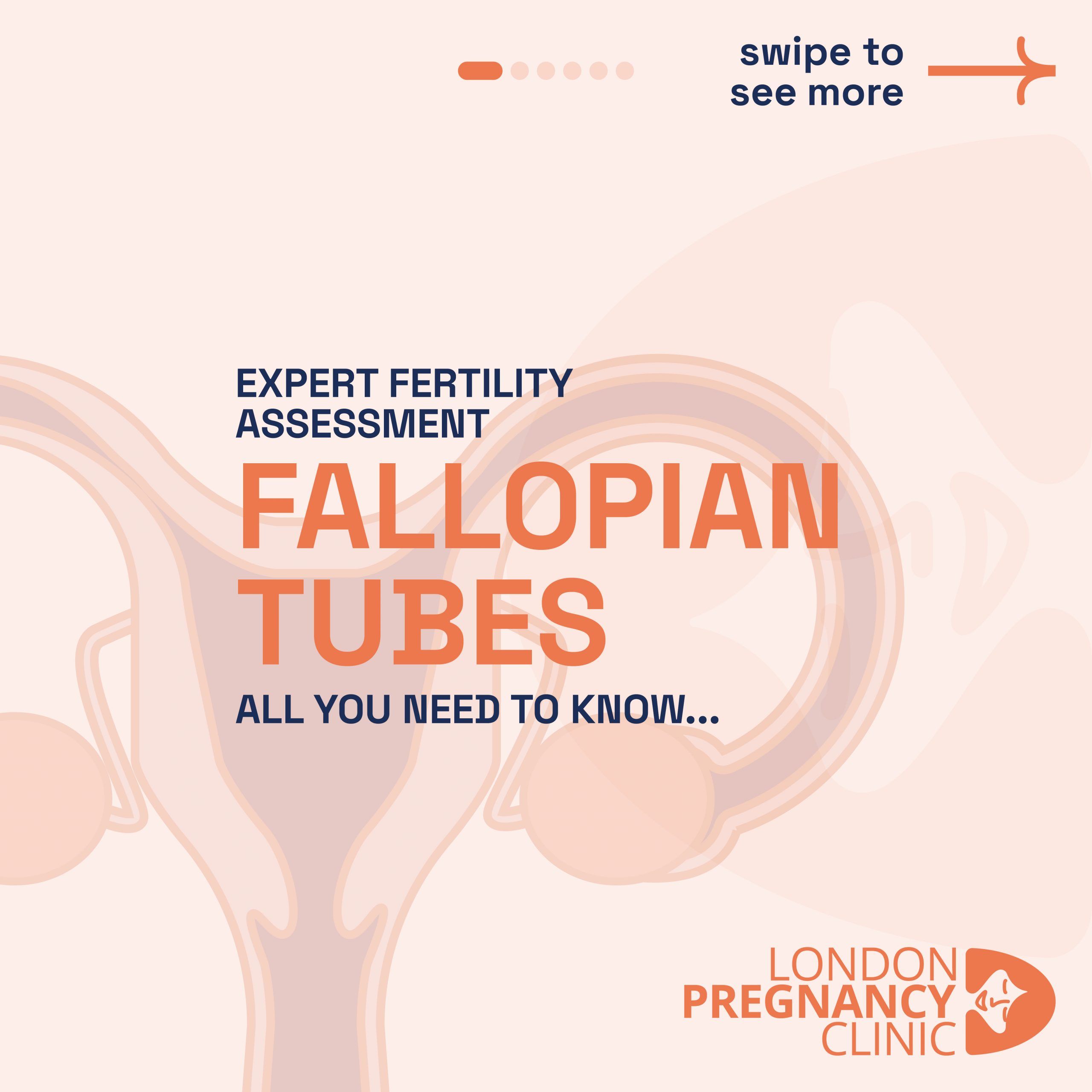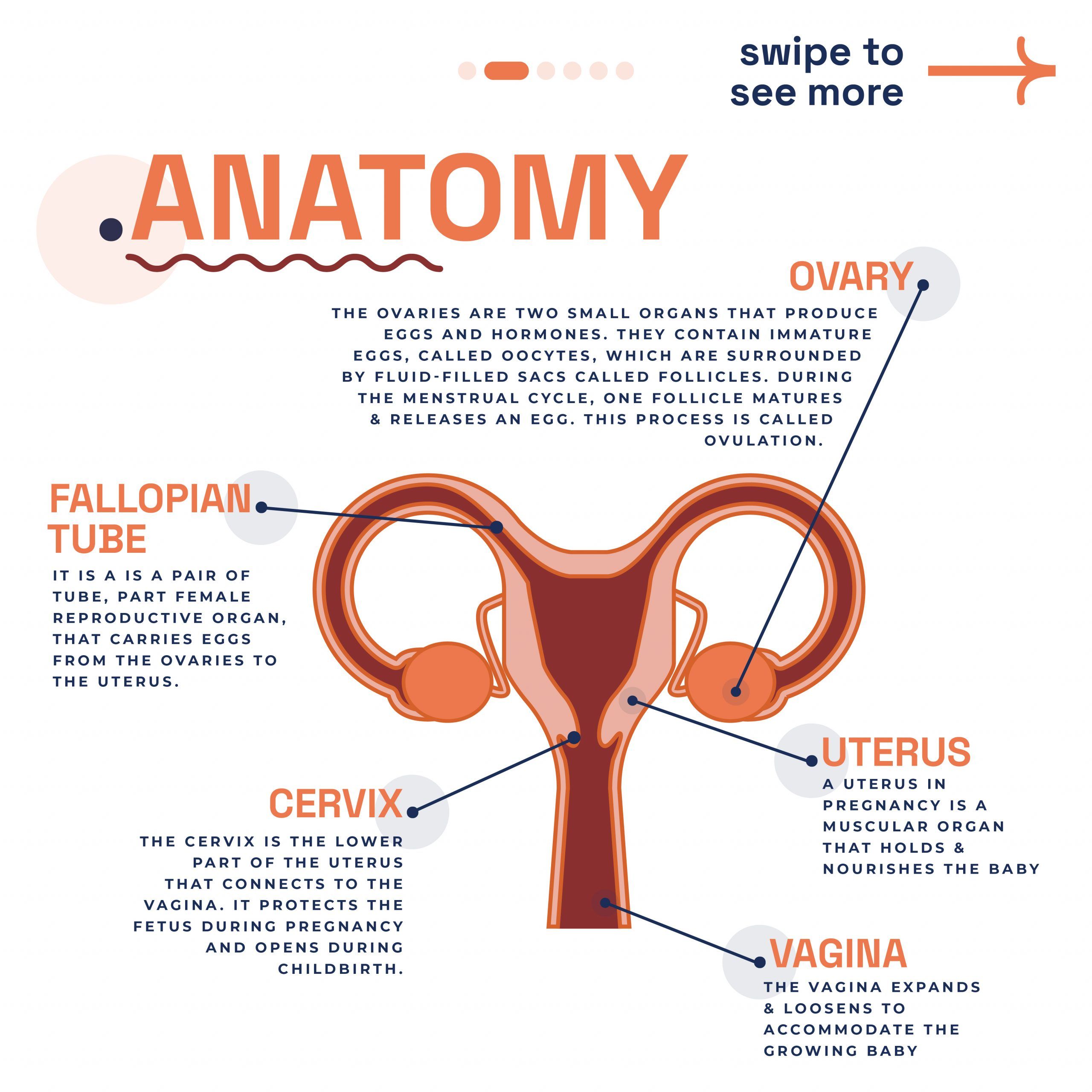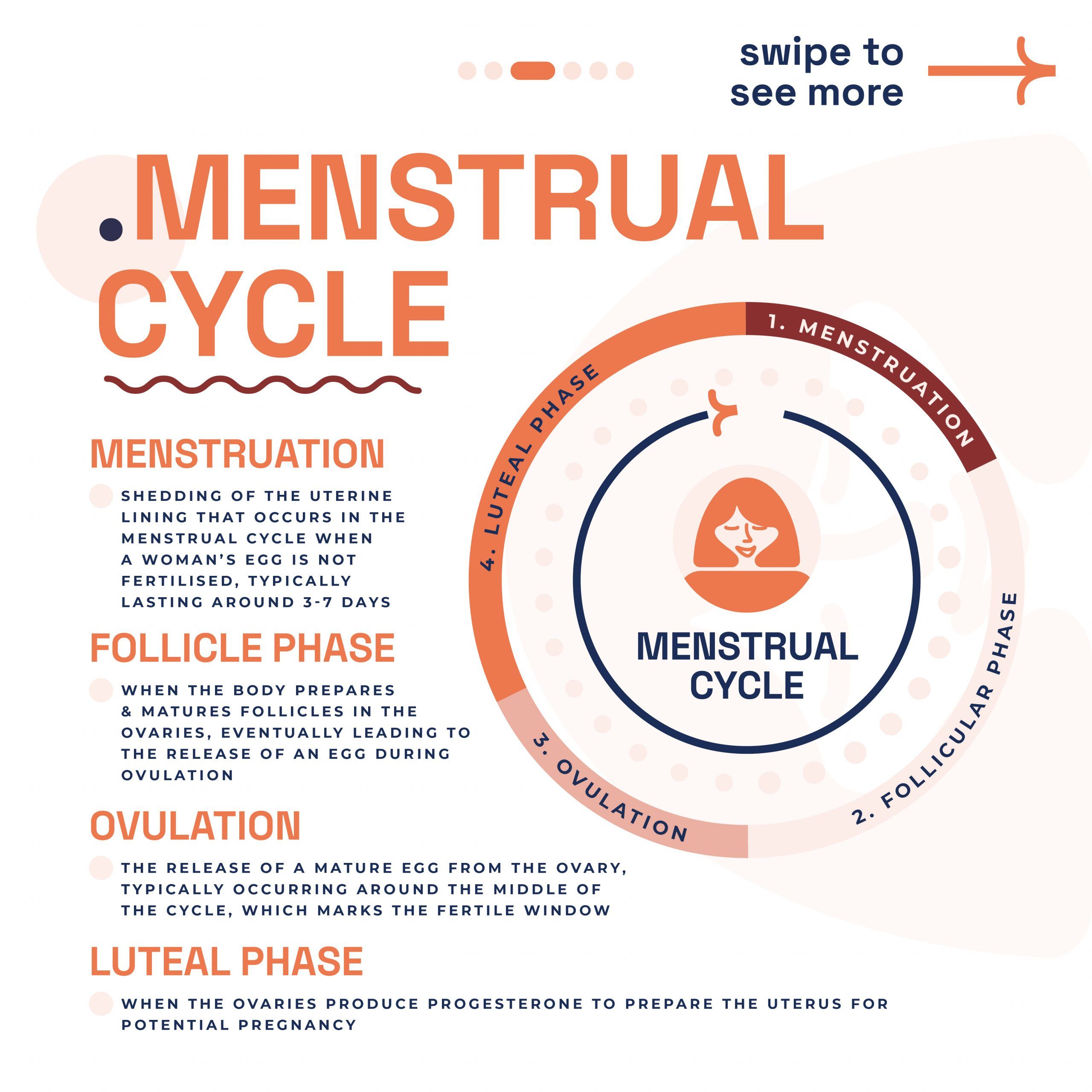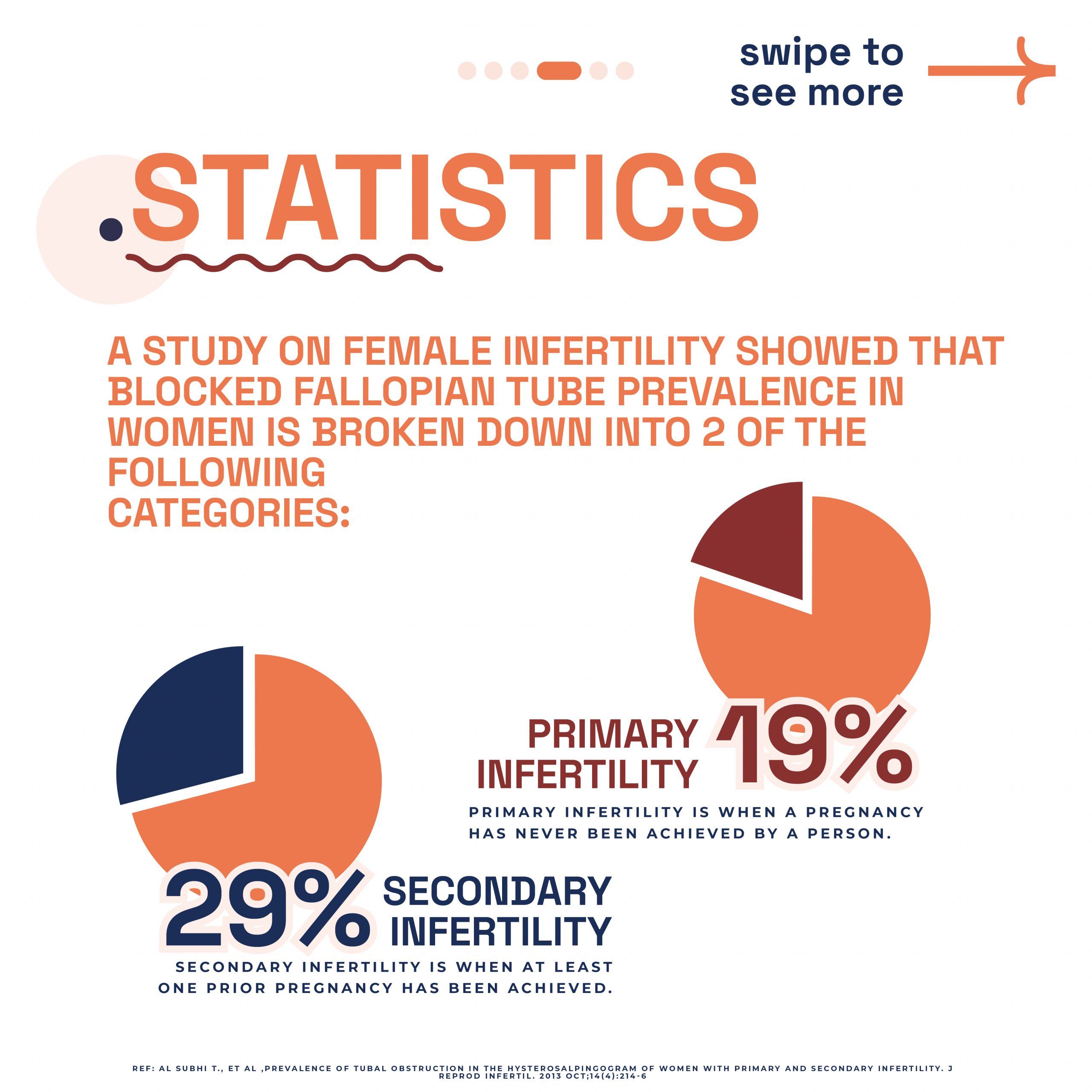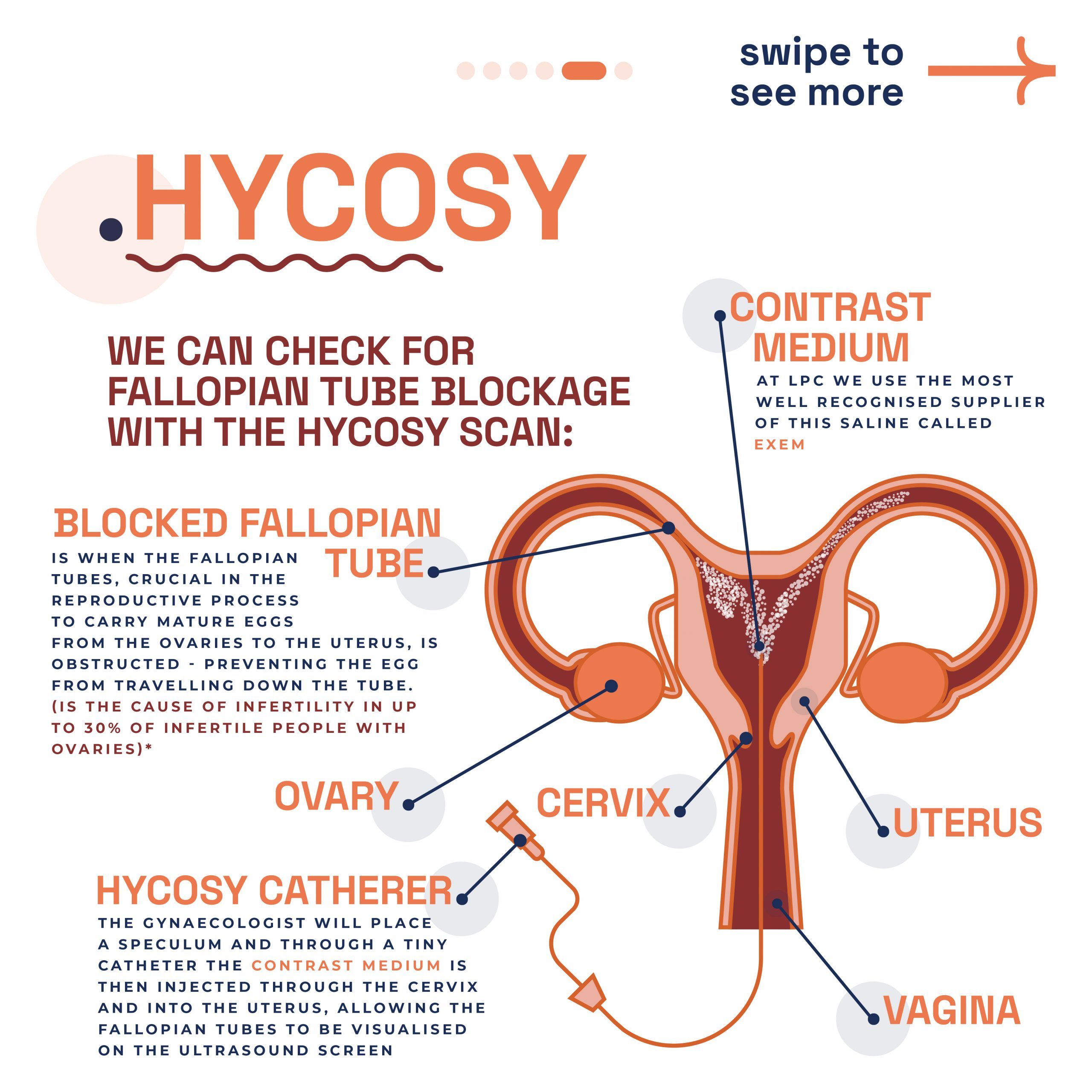Fallopian Tubes: all you need to know
Discovering the importance of fallopian tubes for fertility.
Explore the critical role of fallopian tubes, or uterine tubes, in pregnancy and fertility. This post delves into their anatomy, function, and common issues affecting fertility, providing essential insights for expectant mothers and those planning pregnancy.
Welcome to our comprehensive guide on the fallopian tubes, an essential component of the female reproductive system. We also explore common pathologies that affect these tubes, leading to infertility issues and complications like ectopic pregnancies. Our esteemed in-house gynae team, brings their extensive knowledge and expertise to this discussion, providing invaluable insights into the significance of maintaining fallopian tube health. Join us as we unfold the mysteries of the fallopian tubes and their vital function in the miracle of life.
What are Fallopian Tubes
In the female body, the pelvis houses two vital structures known as fallopian tubes. One on either side of the uterus. These tubes act as pathways, connecting the ovaries to the uterus. Each fallopian tube is made up of four distinct parts: the infundibulum, fimbriae, ampulla, and isthmus. The fimbriae are delicate, finger-like extensions that gently guide the egg from the ovary into the tube.
The Role of Fallopian tubes in Pregnancy
Moreover, fallopian tubes are critical in the earliest stages of pregnancy, integral to the reproductive process, and serve a trio of critical functions. They are the conduits for egg transportation from the ovaries to the uterus and the venue where fertilisation typically occurs. Post-fertilisation, these tubes facilitate the journey of the fertilised egg to the uterus, setting the stage for implantation and the progression of pregnancy. The health and integrity of the fallopian tubes are paramount for successful conception as they are closely linked to fertility. Problems with these tubes are a common reason why some women may have difficulty getting pregnant.
Uterine Tube Pathologies & Infertility
According to a report, nearly one-third of infertility cases are attributed to issues with the fallopian tubes, including various pathologies like inflammation and obstructions. Damage to the tube’s cilia can hinder the movement of sperm or egg, contributing to infertility. Additionally, sexually transmitted infections are a known cause of these tubal issues. Let’s dive into the specific pathologies that can manifest.
Salpingitis
Salpingitis, an inflammation in the fallopian tubes, often forms part of wider pelvic inflammatory diseases (PIDs). Its hallmark is a thickened tube in the isthmus area, known as salpingitis isthmica nodosa. This condition can resemble endometriosis, potentially leading to fertility blockages or raising ectopic pregnancy risks.
During diagnosis, doctors first look for tenderness and swelling. They may conduct blood and urine tests to spot infection indicators. Swab tests from the vagina and cervix help identify specific bacterial infections. Ultrasound scans of the fallopian tubes and reproductive tract are common. A crucial test, the hysterosalpingogram, uses a special X-ray and dye through the cervix to detect tubal blockages.
Untreated, salpingitis can cause long-term fertility issues and increase ectopic pregnancy chances. Symptoms vary, including lower abdominal pain, nausea, and fever; sometimes, no symptoms appear initially. Antibiotics typically treat this condition, but severe cases might require surgery or IVF. Seeking medical advice early is vital to prevent serious outcomes. Early detection and treatment significantly aid in managing salpingitis effectively.
Fallopian Tube Blockage & Narrowing
Addressing fallopian tube obstructions can significantly boost pregnancy chances. These blockages may develop in various parts of the tube – proximal, distal, or mid-segmental. Testing the tubes’ full functionality presents challenges, yet assessing their patency (openness) is possible with hysterosalpingography, laparoscopy with dye, or hysterosalpingo contrast sonography (HyCoSy). During surgical evaluations, specialists examine the tubes and introduce a dye, such as methylene blue, into the uterus to test its passage through the tubes when the cervix is closed.
Research published in PubMed indicates a notable prevalence of tubal obstruction: 19.1% in primary infertility cases and 28.7% in secondary infertility scenarios. The study highlights cornual blockage’s predominance in primary infertility, whereas complete hydrosalpinx and peritubal adhesions appear less frequently. Due to the frequent link between tubal disease and Chlamydia infection, Chlamydia antibody screening is now a cost-effective approach for identifying possible tubal pathologies.
At London Pregnancy Clinic, we conduct the HyCoSy procedure. This test evaluates fallopian tube functionality by injecting a special dye and monitoring its flow. It also assesses the womb for abnormalities affecting pregnancy implantation. Additionally, we use dye and ultrasound scans to check for fallopian tube blockages or abnormalities. Discover more through the slider below, offering further insights into our advanced diagnostic techniques.
Ectopic Pregnancy
Statistics and Locations of Ectopic Pregnancies: Ectopic pregnancies, which occur in about 1%-2% of all pregnancies, predominantly implant in the fallopian tubes, with over 98% of cases occurring there. Within the fallopian tubes, the distribution of ectopic pregnancies varies: approximately 75% happen in the ampullary segment, 13% in the isthmic segment, and around 12% in the fimbrial segment. These statistics highlight the critical nature of monitoring tubal health.
Fertilisation and its Relation to Ectopic Pregnancies: It’s important to note that fertilisation typically occurs in the ampulla, the same section of the fallopian tube where the majority of ectopic pregnancies are found. This correlation emphasises the need for awareness and early detection in cases of suspected ectopic pregnancy, as the ampulla is a common site for both normal fertilisation and ectopic implantation.
Understanding the statistics and locations of ectopic pregnancies in the fallopian tubes is crucial. It not only sheds light on the commonality and risks associated with these pregnancies but also underscores the importance of early ultrasound pregnancy scans for detection and intervention. The earlier you scan the quicker we can detect an ectopic pregnancy meaning that we can begin this from week 6 of pregnancy.
Pregnant with Just One Fallopian Tube?
Typically, women possess two fallopian tubes for transporting the mature egg from the ovary to the uterus, where it may encounter sperm. However, a single healthy tube can efficiently undertake this task. Remarkably, up to 85% of women aged 22-28 with only one tube successfully conceive within two years of trying, even following an ectopic pregnancy.
If you have a blocked tube due to scarring, trauma, or a previous ectopic pregnancy, your pregnancy prospects remain normal, considering other health factors. Loss of a fallopian tube might result from pelvic surgery due to infection, tumours, or a past ectopic pregnancy. In some instances, women are naturally born with just one tube. Still, pregnancy is achievable with one tube, provided you have a functioning ovary, you’re ovulating and the fallopian tube is in good health.
If you’re struggling to conceive or have a history of fallopian tube issues, it’s wise to consult your gynaecologist or a reproductive endocrinologist. They can offer a thorough evaluation to guide your next steps. Remember, one healthy fallopian tube can effectively support your journey to motherhood.
Conclusion
Mr. Prashant Purohit, our dedicated in-house gynaecologist at London Pregnancy Clinic, emphasises the need for awareness and timely medical consultation to address these concerns. His expertise in managing these conditions reflects our clinic’s commitment to providing comprehensive care and support to women facing fertility challenges. Understanding the complexities of the fallopian tubes is not just about medical knowledge; it’s about empowering women with the information they need to make informed decisions about their reproductive health. We encourage you, readers to stay vigilant about their gynaecological well-being and seek expert guidance when needed. Remember, early detection and treatment are key to overcoming obstacles on the path to motherhood.

